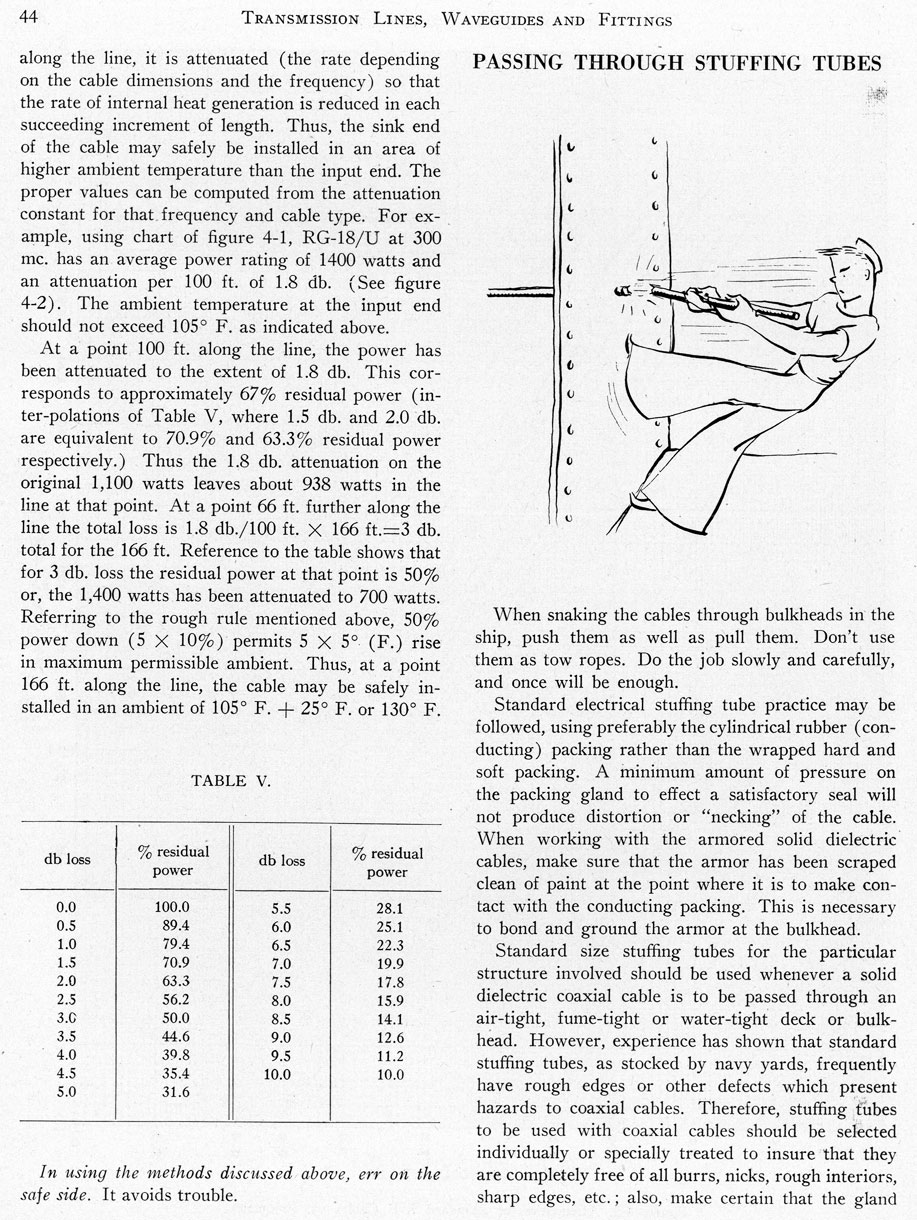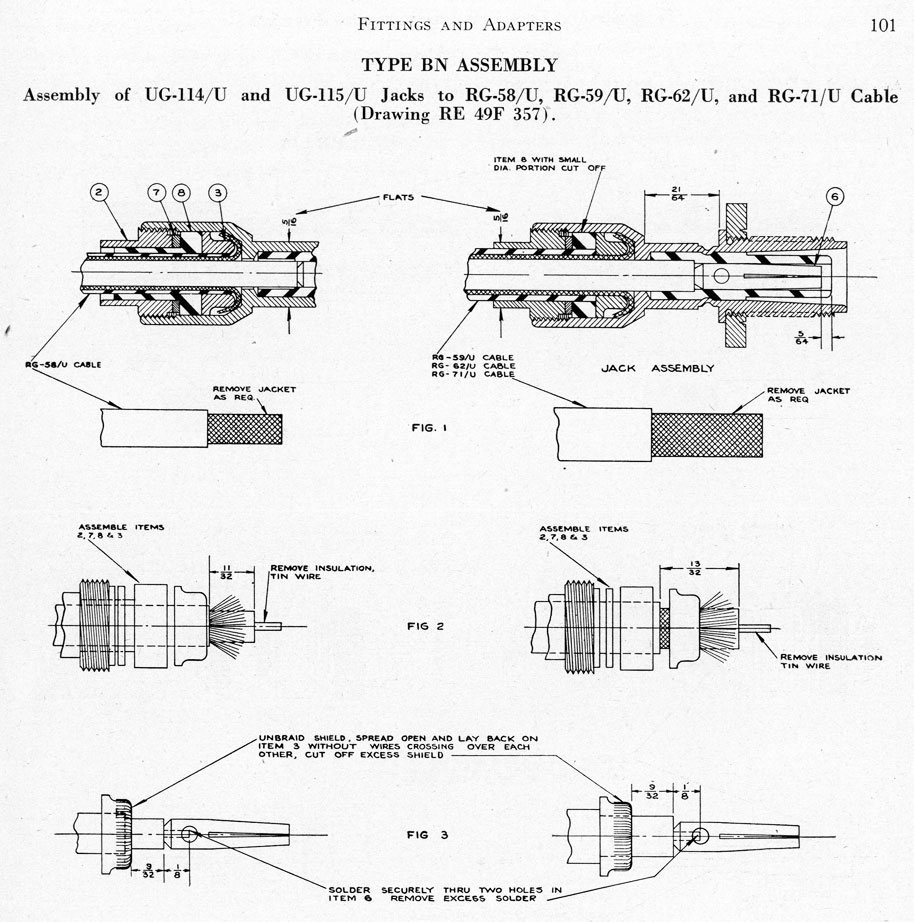Transmission Lines And Waveguides Pdf
7 Circuits, Transmission Lines, and Waveguides Electric and magnetic fields contain energy, which can propagate. These are the ingre-dients needed for communications. The explanation of simple method of the analysis of transmission line at ratio frequency. 2-59: Guided Waves 31to344. Transmission Lines And Waveguide.

Transmission Service & Rebuild Excellent Transmission Repair in Roswell, GA One of the most serious issues a vehicle can have is a failing or broken transmission. You can do serious damage to your car if you do not get these types of problems diagnosed and repaired in a timely manner. Because your transmission is the most complex system in your vehicle, you should make sure to get it repaired by a truly qualified professional. At Roswell Transmission & Car Care, we provide the highest-quality automatic and manual transmission repair services. We have been specialized in European, Japanese, and American vehicles for over 50 years. You can count on us for up-front pricing, free estimates, and a nationwide warranty. Have your transmission troubles left you stranded somewhere on the side of the road?
We also offer free towing in our service area. You may be having problems with your transmission if you notice signs such as:.
Gear problems — transmission slips between gears, grinding or thumping transitions when gears are changed, the transmission popping back into neutral, etc. Strange noises — grinding sounds during shifting, unusual noises while the vehicle is in neutral, etc. Unusual smells — A burning odor emitted from fluid at (770) 998-0555 if you would like your transmission serviced, repaired, or rebuilt! We offer free estimates at our Roswell transmission and service center.
INTRODUCTIO N TO TRANSMISSIO N LINES AND WAVEGUIDES A TRANSMISSION LINE is a device designed to guide electrical energy from one point to another. It is used, for example, to transfer the output rf energy of a transmitter to an antenna. This energy will not travel through normal electrical wire without great losses.
Although the antenna can be connected directly to the transmitter, the antenna is usually located some distance away from the transmitter. On board ship, the transmitter is located inside a radio room, and its associated antenna is mounted on a mast.
A transmission line is used to connect the transmitter and the antenna. The transmission line has a single purpose for both the transmitter and the antenna. This purpose is to transfer the energy output of the transmitter to the antenna with the least possible power loss. How well this is done depends on the special physical and electrical characteristics (impedance and resistance) of the transmission line. TRANSMISSIO N LIN E THEORY The electrical characteristics of a two-wire transmission line depend primarily on the construction of the line. The two-wire line acts like a long capacitor. The change of its capacitive reactance is noticeable as the frequency applied to it is changed.

Since the long conductors have a magnetic field about them when electrical energy is being passed through them, they also exhibit the properties of inductance. The values of inductance and capacitance presented depend on the various physical factors that we discussed earlier. For example, the type of line used, the dielectric in the line, and the length of the line must be considered. The effects of the inductive and capacitive reactance of the line depend on the frequency applied. Since no dielectric is perfect, electrons manage to move from one conductor to the other through the dielectric.
Each type of two-wire transmission line also has a conductance value. This conductance value represents the value of the current flow that may be expected through the insulation, If the line is uniform (all values equal at each unit length), then one small section of the line may represent several feet. This illustration of a two-wire transmission line will be used throughout the discussion of transmission lines; but, keep in mind that the principles presented apply to all transmission lines. We will explain the theories using LUMPED CON- STANTS and DISTRIBUTED CONSTANTS to further simplify these principles. LUMPE D CONSTANTS A transmission line has the properties of induc- tance, capacitance, and resistance just as the more conventional circuits have. Usually, however, the constants in conventional circuits are lumped into a single device or component. For example, a coil of wire has the property of inductance.
Terry pratchett troll bridge pdf you couldn't go through a forest like we've just gone through without a dozen goblins trying to chop your head off. Troll bridge terry pratchett ebook. She went out with the drummer in the punk band Bridve started, and, much later, married someone else. I picked it up, brushed off the mud.
Transmission Lines And Waveguides
When a certain amount of inductance is needed in a circuit, a coil of the proper dimensions is inserted. The inductance of the circuit is lumped into the one component.
Transmission Lines And Waveguides Pdf
Two metal plates separated by a small space, can be used to supply the required capacitance for a circuit. In such a case, most of the capacitance of the circuit is lumped into this one component. Similarly, a fixed resistor can be used to supply a certain value of circuit resistance as a lumped sum. Ideally, a transmission line would also have its constants of inductance, capacitance, and resistance lumped together, as shown in figure 3-1. Unfortunately, this is not the case. Transmission line constants are as described in the following paragraphs. Find Complete Attachement Downloding.